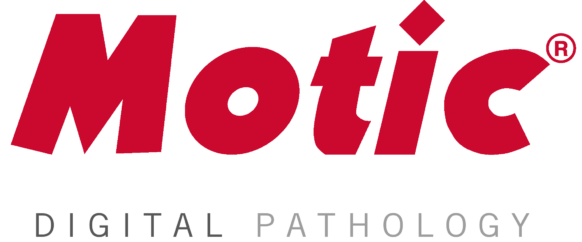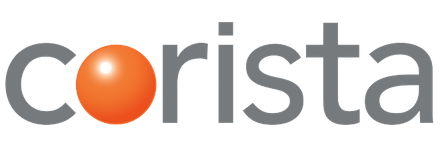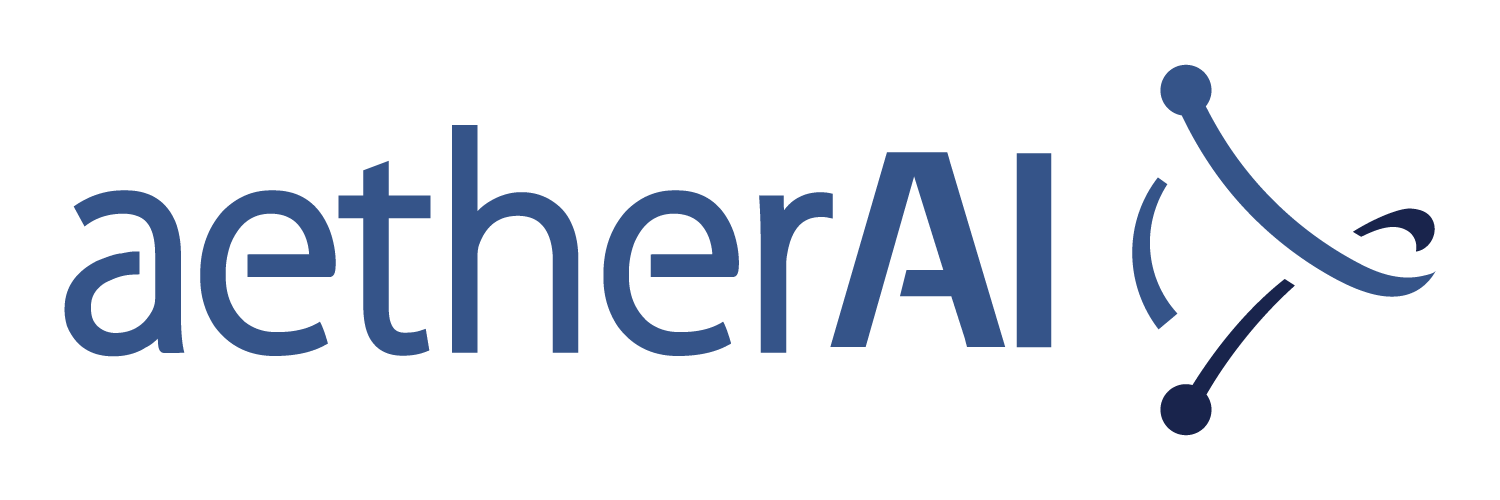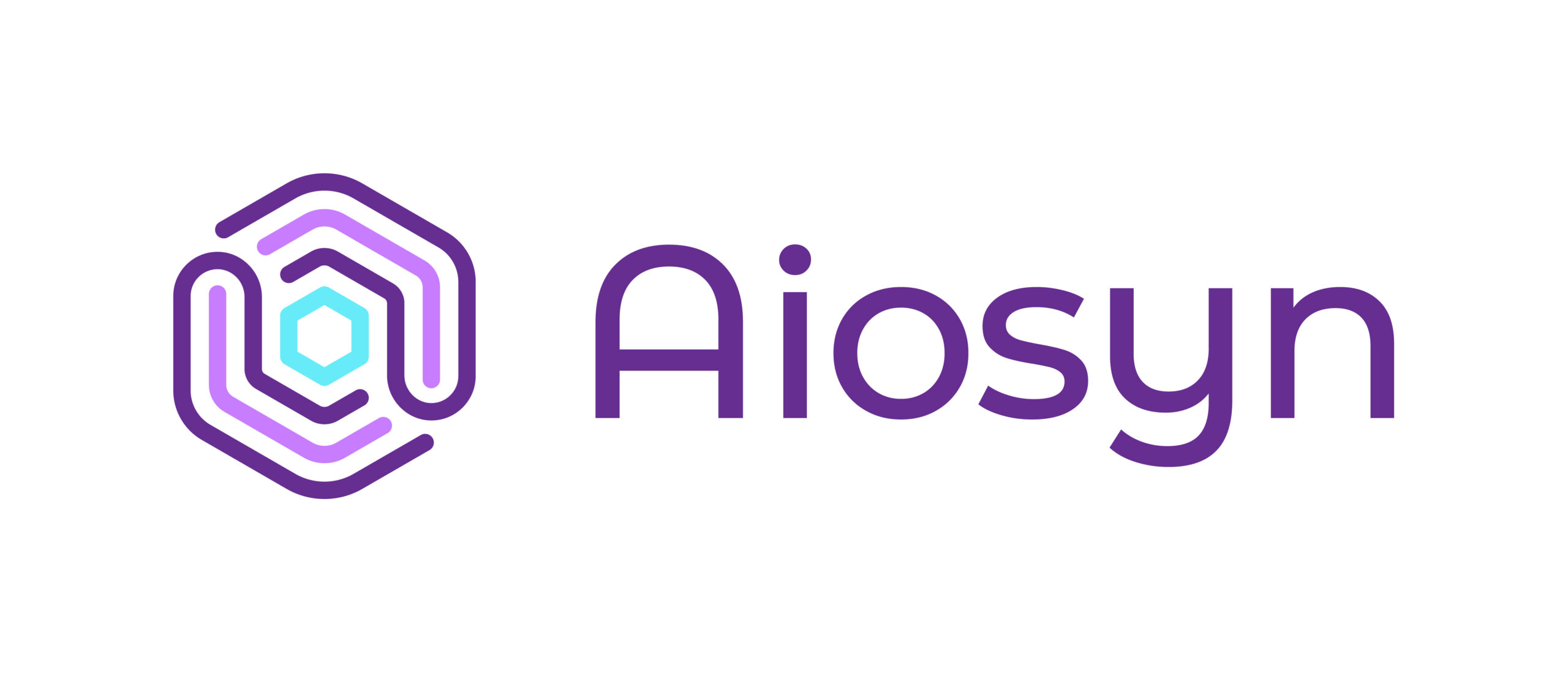Patient Data, Images and Diagnostic Reports at a Glance – a Fully Integrated IT Solution within a Film- and Paperless Hospital
Press Release from GE (www.ge.com)
Digital data management and hospital-wide access to medical images of any type (DICOM; Non-DICOM) is a common standard in many hospitals today. Unfortunately, the major issue for clinical users is that on the one hand they have to deal with different information systems, depending on the information needed, and on the other, these IT systems are merely or not at all connected to each other. A result of this is that a considerable time effort is needed for the input of redundant data (e.g. patient data, passwords etc.).
This article describes a finalized project at the regional hospital `Ospidal d’Engiadina Bassa’ (OEB) in Scuol, Switzerland. From the very beginning the installation of a fully integrated IT environment was given top priority. The already existing HIS (Hospital Information System) was connected to the newly implemented Picture Archiving and Communication System (PACS). It provides fast and easy access to DICOM or Non-DICOM images and findings for all clinical users at all PC workstations. The result is a fast, automated, digital and filmless workflow with a significantly higher efficiency, a cost reduction and an improved use of resources.
The OEB in Scuol is a small regional hospital with 52 beds. For 2006, it planned extensive reconstruction measures with the first part to be finished in winter 2006/2007. Together with this modernization, the conventional radiology solution was replaced by a new one and an integrated system allowing to manage, archive and communicate images and reports (IBAKS) was acquired. The aim of IBAKS was to change analogue into digital processes. This included the handling of radiology images (DICOM/PACS functionality) as well as clinical images (DICOM and Non-DICOM). The final goal was a film- and paperless hospital environment, offering a fully integrated image review possibility in HIS (Hospital Information System) including all clinics (internal medicine, surgery, orthopaedics, gynaecology/obstetrics, anaesthesia, palliative and complementary medicine etc.). Looking closer, it was claimed to retrieve all required image data including reports directly from the HIS without any indirections via separate software systems.
The OEB was looking for a tailored solution meeting the needs of limited financial and staff resources. As the hospital does not have it’s own radiology department, the solution needed to be integrated into the already existing tele-radiology and adjusted to new modalities (especially CT).
The biggest challenge was to seamlessly integrate HIS, RIS, PACS and clinical images, which needed a solution with special interfaces. In addition, the bridge between the new IT solution and already existing medical devices, no matter if DICOM compatible or not, had to be built. Only GE Healthcare was able to meet all expectations and it was decided to implement a Centricity RIS/PACS (Radiology Information System / Picture Archiving and Communication System) in combination with ViewPoint, an image and diagnostic documentation system by GE Healthcare.
Today all radiological and clinical images are managed, distributed and stored in RIS/PACS. The system not only meets the expectations of radiologist related to a state-of-the-art postprocessing (e.g. extended 3D review possibilities) but also those of the clinicians, who want easy and fast access, management, review and diagnosis of images and Cineloops at all workstations throughout the hospital. Images in an analogue format are scanned and right afterwards are available digitally for comparison purposes. Analogue video sequences are converted into DICOM multiframes and can also be displayed in Centricity PACS. Only minutes after the scan a radiologist can finalize his diagnosis based on the image either at his home-office 60 km from the OEB or also in the hospital directly. Having finalized the report it is submitted electronically to the radiology assistant in Scuol and integrated into the system. This considerably improves the diagnostic workflow and raises efficiency.
All clinical images and diagnoses at ‘Ospidal d’Engiadina Bassa’ pass through ViewPoint, an image and diagnostic documentation system. It is a solution for clinical specialties such as internal medicine, cardiology, angiology, gastroenterology or gynaecology thanks to many different system modules integrated in ViewPoint. The system supports images in non DICOM format as well as DICOM single- and multiframes (cine loops) and thus is an ideal addition to RIS/PACS. Via ViewPoint, for example, all sonography examinations such as echocardiography can be archived in Centricity PACS, too. Diagnostic reports can either be documented in HIS, RIS or in ViewPoint. Data coming from ultrasound scanners can also be integrated. Released diagnostic reports are archived in RIS/PACS and distributed to the users via Web.
All image and diagnostic data are available to clinicians in HIS. Images and diagnoses do not have to be searched for in various systems, but can be accessed directly and without password login in specific patient folders in HIS. Instant access is guaranteed internally by Windows-logins (SingleSignOn). For externally based specialists online access is possible via Citrix (security code). This allows to not only digitize the radiology workflow completely, but also to step by step introduce digitization in all images producing modalities.
This is what differentiates the solution in Scuol from others: the truly deep level of integration of all modalities in one centralized IT solution. Together with the electronic patient history and the WLAN functionality all components result in this overall solution that truly make it a user-friendly solution in the daily work routine of medical staff. The premise to make such a solution a reality is the involvement of all clinical users already during the evaluation and implementation phase. Unfortunately, many IT solutions are still installed as a special system for specific modalities, like e.g. radiology or cardiology. They exist next to each other without any integration into the clinician’s most relevant system, the HIS. The newly introduced solution at OEB revealed that the major challenge is to integrate all the different components and parties in a hospital.
The complete healthcare organization in Scuol is working filmless regarding images and paperless in terms of diagnostic reports. Patients receive DVDs when leaving the hospital, having all image data created during their stay at a glance. This DVD complies with standardized DICOM formats and includes the DICOM-Viewer software to enable image display. Worldwide any doctor in any hospital will be able to consult this data without any additional software.
Thanks to a perfect cooperation of all parties involved in this project, the challenging timeline could be met. Together with the inauguration of the new emergency department the venture could be finalized only six months after the decision was taken in favour of Centricity. The ambitious project already revolutionized the workflow at the OEB: no more manual administration and time consuming searching of films. Patient images and data are managed in a fully digitised format. Thanks to the elimination of film and development costs, a more efficient usage of financial and staff resources became a reality. Patient service has been improved significantly while costs have been decreased at the same time.
To summarize, such a project, even a small one as in Scuol, is extremely complex and time consuming. Without the dedicated engagement and support of external consultants and the provider, GE Healthcare, this innovative project could not have been finalized in such a short time frame.
For more information on this company:
GE Healthcare – Centricity IT Solutions for Radiology, Cardiology, Anaesthesia, Intensive Care and OR Management
































